Archives
- 2025-12
- 2025-11
- 2025-10
- 2025-09
- 2025-04
- 2025-03
- 2025-02
- 2025-01
- 2024-12
- 2024-11
- 2024-10
- 2024-09
- 2024-08
- 2024-07
- 2024-06
- 2024-05
- 2024-04
- 2024-03
- 2024-02
- 2024-01
- 2023-12
- 2023-11
- 2023-10
- 2023-09
- 2023-08
- 2023-07
- 2023-06
- 2023-05
- 2023-04
- 2023-03
- 2023-02
- 2023-01
- 2022-12
- 2022-11
- 2022-10
- 2022-09
- 2022-08
- 2022-07
- 2022-06
- 2022-05
- 2022-04
- 2022-03
- 2022-02
- 2022-01
- 2021-12
- 2021-11
- 2021-10
- 2021-09
- 2021-08
- 2021-07
- 2021-06
- 2021-05
- 2021-04
- 2021-03
- 2021-02
- 2021-01
- 2020-12
- 2020-11
- 2020-10
- 2020-09
- 2020-08
- 2020-07
- 2020-06
- 2020-05
- 2020-04
- 2020-03
- 2020-02
- 2020-01
- 2019-12
- 2019-11
- 2019-10
- 2019-09
- 2019-08
- 2019-07
- 2019-06
- 2019-05
- 2019-04
- 2018-11
- 2018-10
- 2018-07
-
br Conflict of interest statement br References and recommen
2021-05-14
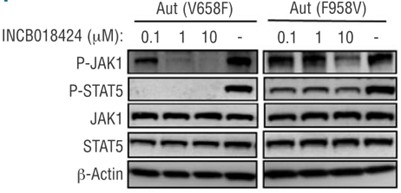
Conflict of interest statement References and recommended reading Papers of particular interest, published within the period of review, have been highlighted as: Acknowledgements We acknowledge financial support by the Swiss State Secretariat for Education, Research and Innovation (Federal
-
Diagnosis of NCC can be accomplished via imaging techniques
2021-05-14
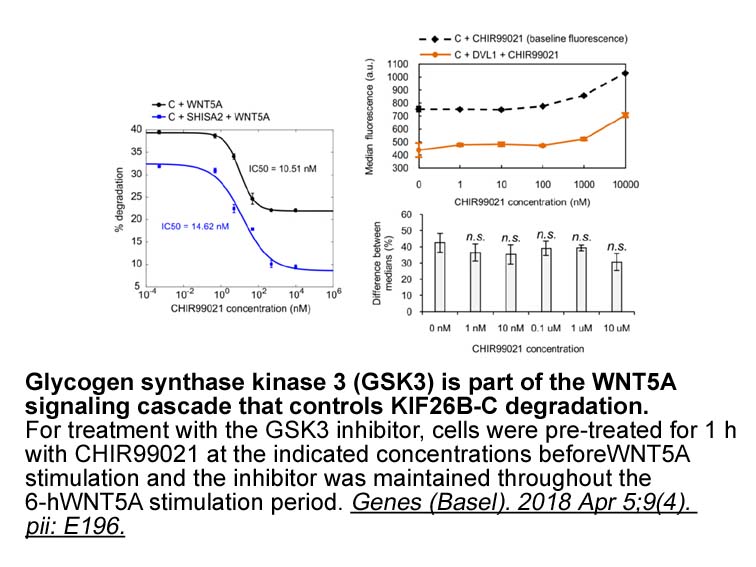
Diagnosis of NCC can be accomplished via imaging techniques and serological confirmatory testing. The best immunodiagnostic test for NCC, the enzyme-linked immunotransfer blot EITB (Tsang et al., 1989), is based on the detection of porcn to one or more of the 7 lentil-lectin glycoproteins (LLGP) of
-
A cocktail approach can detect the activities of multiple CY
2021-05-14
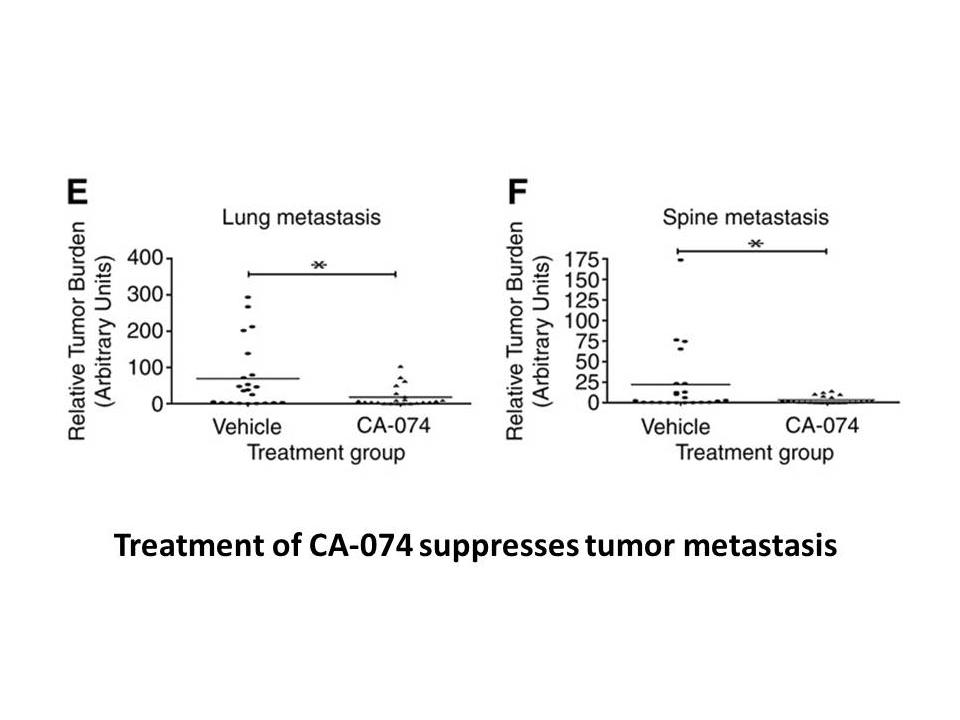
A cocktail approach can detect the activities of multiple CYP 450 isoforms following administration of multiple CYP-specific substrates in a single experiment. Caffeine, losartan, omeprazole, dextromethorphan and midazolam are often used as substrates in “cocktail probes” of human cytochrome CYP1A2,
-
We found that Th cells derived either from in vivo
2021-05-14

We found that Th17 cells, derived either from in vivo immunization or in vitro polarization under pathogenic conditions (in presence of IL-23 and/or IL-1β) expressed high levels of EBI2. In contrast, Th17 xec receptor that were generated in absence of IL-23 or IL-1β lost EBI2 expression during diff
-
br Materials and methods br Results br Discussion Tuberculos
2021-05-13
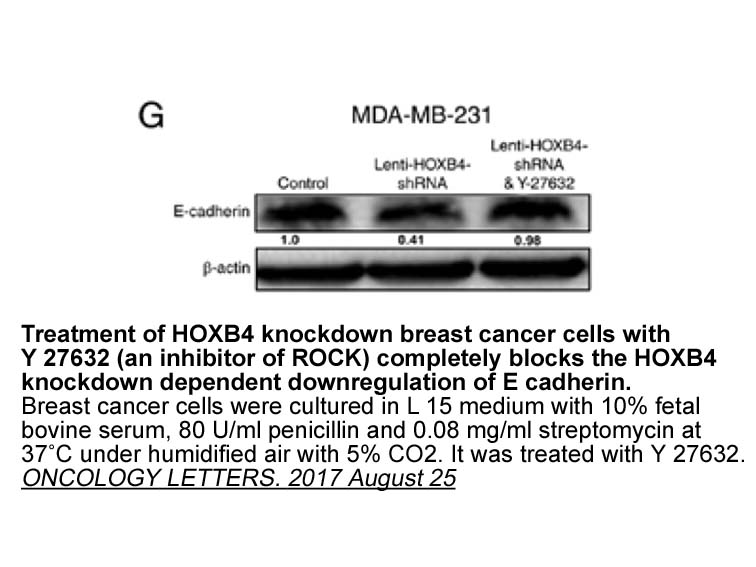
Materials and methods Results Discussion Tuberculosis is caused by the mycobacterium M. tuberculosis, a pathogen able to survive in the hostile conditions through sophisticated defence mechanisms. In an attempt to clarify some aspects of the M. tuberculosis defence mechanisms, we have inves
-
As for antiviral activity eight
2021-05-13
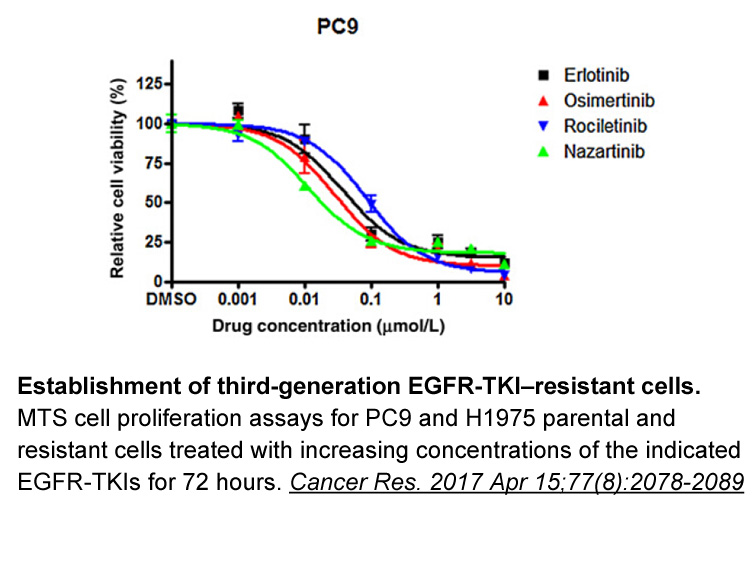
As for antiviral activity, eight out of 23 synthesized compounds were active against influenza B virus with EC50 values in the range of 0.19–39 μM. Four of the eight influenza B hits were active against influenza A and two were also active against RSV (4 and 6, EC50 = 0.40 and 1.8 μM, respectively).
-
Here we were able to show for the
2021-05-13
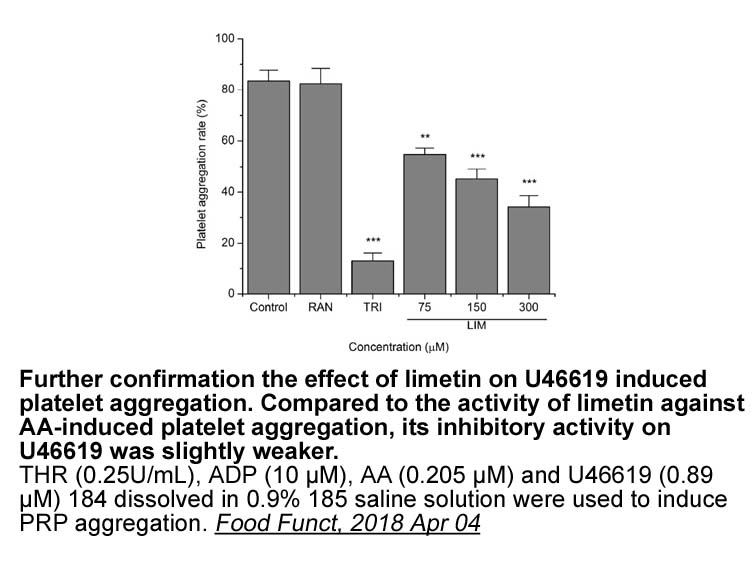
Here, we were able to show for the first time that stimulation of VSMCs with two different growth factors resulted in a dramatic decrease in gp130mRNA expression occurring four to six hours after stimulation with Ang II and PDGF-BB. The mRNA level remained extremely low within 12 hours after stimula
-
br Results and Discussion br
2021-05-13
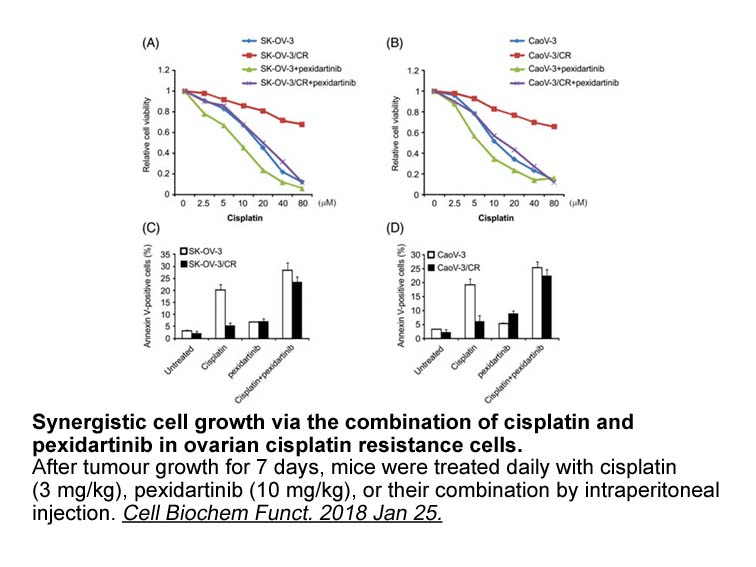
Results and Discussion Materials and Methods Acknowledgements Introduction Among the solid tumors, Prostate cancer (PCa) has been one of the most frequently diagnosed malignancy in men and the second male's cancer related deaths in the developed countries [1]. In China, the incidence and
-
Previous studies found that depression primarily results fro
2021-05-13
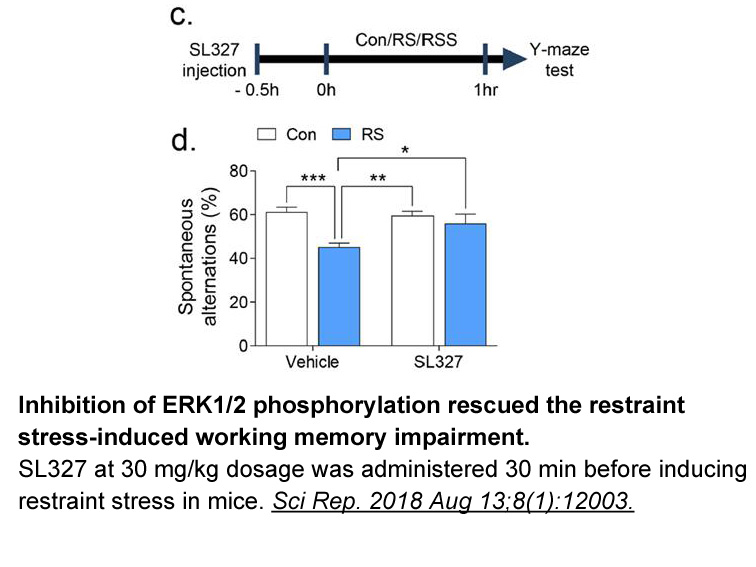
Previous studies found that depression primarily results from impaired monoaminergic neurotransmission systems [1], [2]. The glutamatergic and GABAergic systems as well as several neuropeptide systems have also been the focus of pathophysiological studies on depression [1], [2]. Inflammatory cytokin
-
The identification of a functional leucine rich NES mediatin
2021-05-13
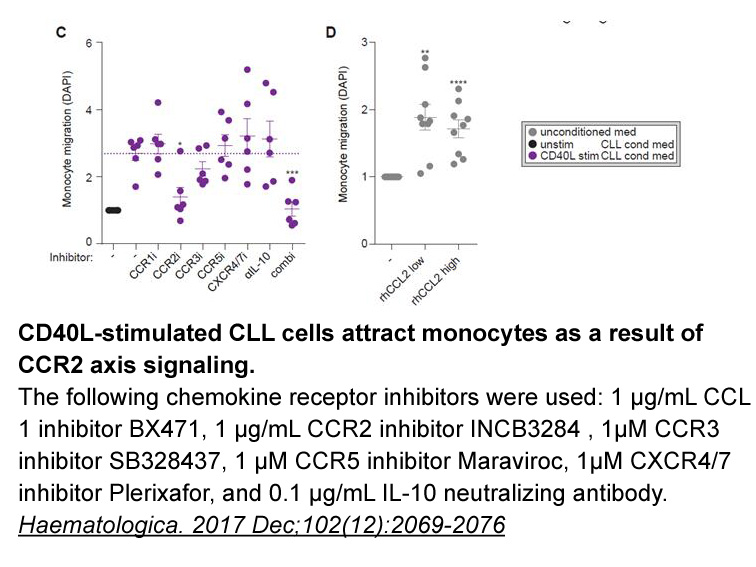
The identification of a functional leucine-rich NES mediating 8E7 nuclear export led us to analyze the interaction between 8E7 and CRM1 nuclear export receptor. HeLa cell lysates containing EGFP-8E7, EGFP–8cE7, EGFP-16E7–NES (as a positive control), or EGFP (as a negative control) were incubated wit
-
The following is the supplementary data related to
2021-05-13
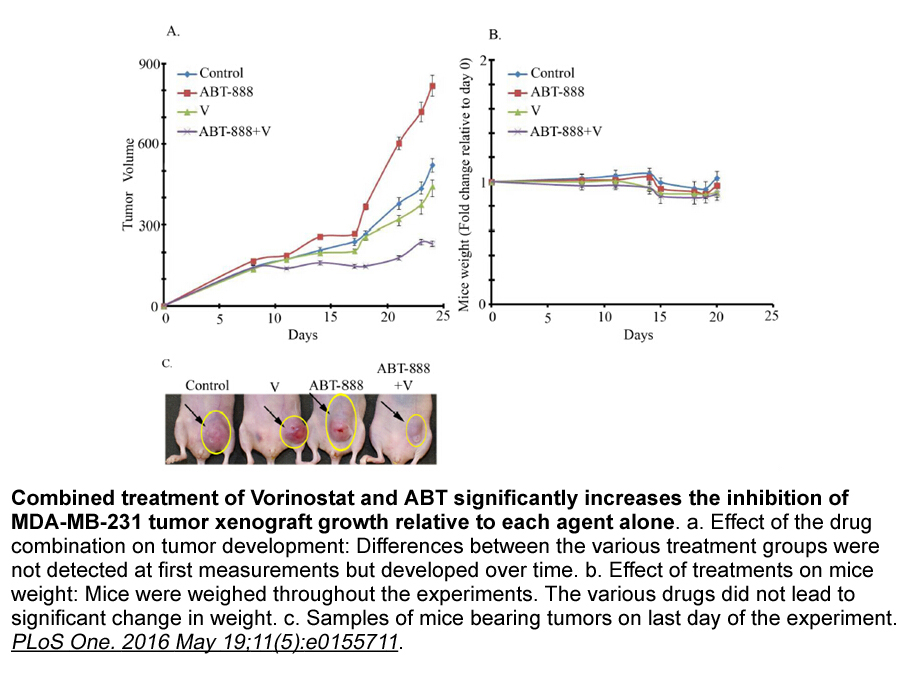
The following is the supplementary data related to this article. Funding This work was supported by departmental funding to Prof. Mühl. Funding derived from the State of Hessia to the Institute of General Pharmacology and Toxicology at the pharmazentrum frankfurt (Head: Prof. Josef Pfeilschifter
-
It should be noted that there are other methods
2021-05-13
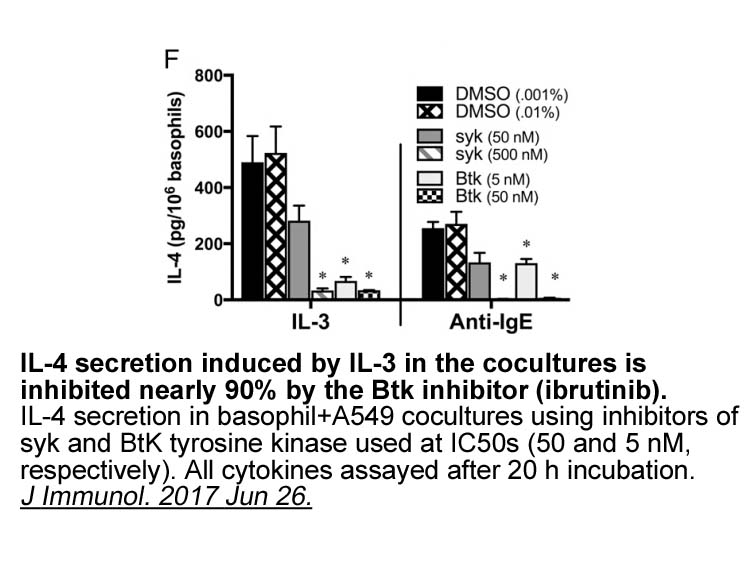
It should be noted that there are other methods, such as artificial intelligence, like Artificial Neural Networks/ANN (such as PSO-ANN, ICA-ANN), Least Square Support Vector Machine/LSSVM, etc. [10], [11], [12], [13], [14], [15], [16], [17], [18], or molecular simulations, for modeling the fluid's v
-
DPNI-caged-GABA It seems plausible that this ESC driven effe
2021-05-13

It seems plausible that this ESC-driven effect relies on a paracrine signaling. Numerous studies showed that the Fgf4 (fibroblast growth factor 4)/MAPK (mitogen-activated protein kinase) pathway is involved in PE differentiation in mouse DPNI-caged-GABA (Chazaud et al., 2006), (Frankenberg et al.,
-
br Methods and materials br Results br Discussion Many
2021-05-13
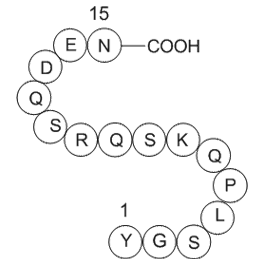
Methods and materials Results Discussion Many small molecules have been individually explored to enhance endothelial barrier both in vitro and in vivo, including S1P, forskolin, cAMP analogs, ROCK inhibitors, statins, and imatinib [[10], [11], [12],25,26]. In the current study, we applied t
-
Nitrid oxide NO and its
2021-05-12
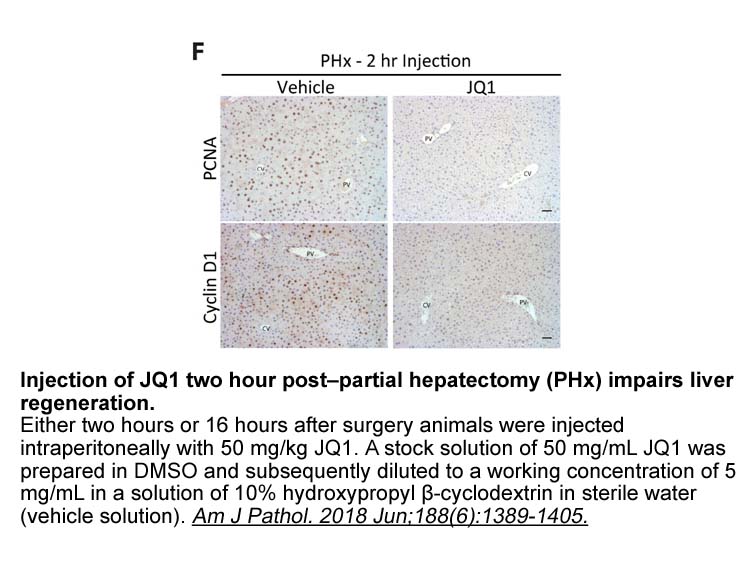
Nitrid oxide (NO) and its potential endogenous production as an endothelium-derived factor was the first gaseous molecule accepted to be a signaling mediator in the organism [4,5]. NO plays a key role in physiological regulation of the VE-822 receptor and exerts physiological functions in the nervo
16314 records 674/1088 page Previous Next First page 上5页 671672673674675 下5页 Last page